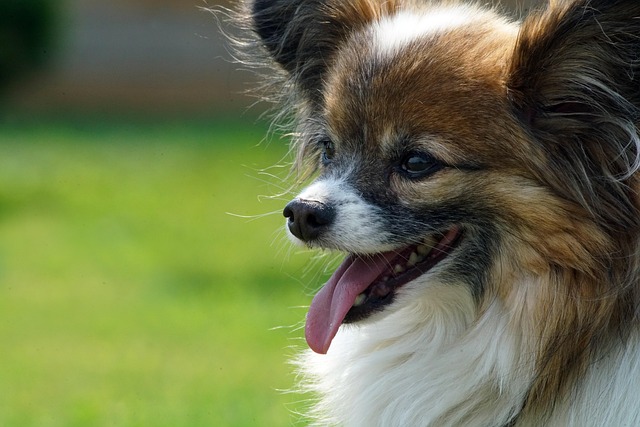
How can I tell if my dog's heatstroke is serious
Let’s be real: It’s a sticky August morning in Los Angeles, and you took your 2-year-old Golden Retriever, Max, for a walk a little later than usual
What are the side effects of dog dental powder? Picture this: You pick up a fancy dental powder from the pet store, thinking it’ll make brushing your 8-month-old poodle, Charlie, a breeze. You sprinkle it on his kibble, he scarfs it down—and an hour later, he’s vomiting on the living room rug. For new dog owners in the U.S., dental powders seem like a quick fix for bad breath and plaque, but they can come with surprises. Let’s break down what to watch for.
Dental powders work by mixing with saliva to release enzymes or antibacterial ingredients, which aim to dissolve plaque and freshen breath. Most are designed to be sprinkled on food, making them popular for dogs who hate toothbrushes. But here’s the catch: Those active ingredients—like enzymes, baking soda, or strong flavorings—can bother some pups. Just as humans react to certain toothpastes, dogs can have sensitivities to what’s in these powders. It’s not that the products are bad; it’s that every dog’s body is different, especially young ones with developing tummies.
The most common side effect is digestive upset. If Charlie starts throwing up, has loose stools, or stops eating after you introduce the powder, it might be a reaction to an ingredient. Baking soda, for example, can irritate sensitive stomachs in large doses. Another red flag is oral irritation: red, swollen gums or your dog pawing at their mouth. This could mean the powder is too abrasive, scratching their gums when they chew. Rare but serious are allergic reactions—hives, excessive licking, or swelling around the face—usually from artificial flavors or preservatives.

So, what to do? Start slow. Mix a tiny pinch (half the recommended dose) into Charlie’s food for the first 3 days. Watch for changes in his behavior or bathroom habits. If he seems fine, gradually increase to the full dose. If he reacts, stop using it immediately and call your vet—never force it, as that’ll make him fear mealtime. Praise him when he eats the powder without issue (“Good boy, Charlie!”) to keep the experience positive; positive reinforcement beats frustration every time.
Now, let’s tie this to responsible pet care. In every U.S. state, rabies vaccines are mandatory—Charlie needs his first shot by 16 weeks, and keeping up with boosters is key, even as you focus on his teeth. When you take him out post-meal, grab those poop bags: Even if the powder upsets his stomach, leaving waste in the park is illegal (fines hit $150 in New York City). Culturally, never scold Charlie if he reacts badly—yelling won’t fix the problem and will erode trust. In apartments, clean up any spilled powder right away; the last thing your neighbor wants is a dusty mess in the hallway. And at the dog park, skip sharing your powder with other dogs—their sensitivities might differ, and good etiquette means keeping your pet’s products to yourself.
Dental powders can be helpful, but they’re not one-size-fits-all. With careful testing and attention to Charlie’s cues, you’ll find what works—keeping his teeth healthy without the upset.

Let’s be real: It’s a sticky August morning in Los Angeles, and you took your 2-year-old Golden Retriever, Max, for a walk a little later than usual

You're enjoying a summer afternoon at the park when you notice your dog has stopped panting and appears disoriented - their gums are bright red

Let’s paint the picture: You’re in your Denver apartment, watching your 4-year-old Boston Terrier, Ruby, plop down mid-play session with her favorite toy

Many dog owners notice their pets nails seem shorter after regular walks,but how much does this daily activity actually help?The answer depends on where you walk—concrete sidewalks or asphalt streets gently file nails as a dog's paws hit the ground

Most dog owners notice their pup scooting across the carpet at some point, but few connect it to impacted anal glands. These small sacs near a dog’s rectum secrete a scent for marking territory

Most vets agree that regular dog teeth cleaning is key to avoiding painful dental issues later. For healthy adult dogs, a professional cleaning at the vet’s office every 12 to 18 months usually works well.